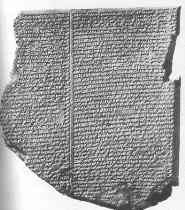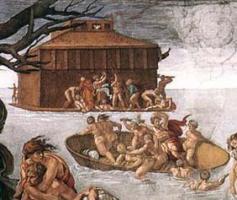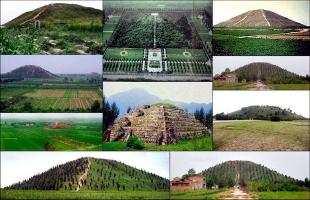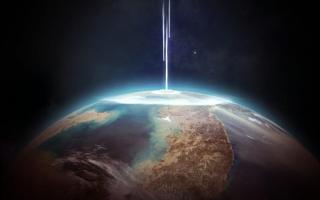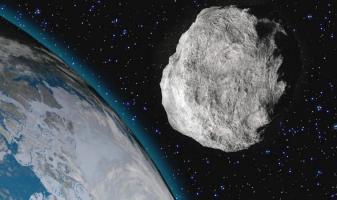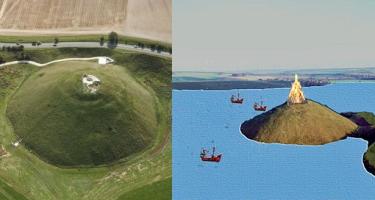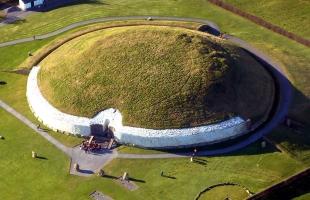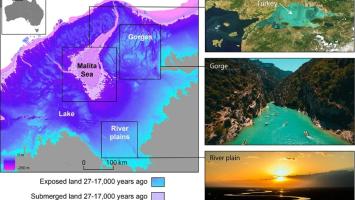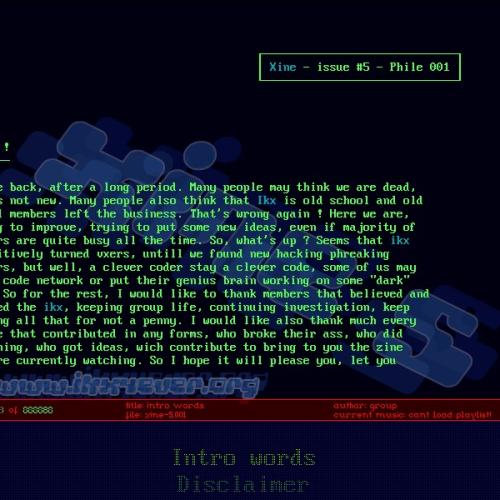The Universal Flood

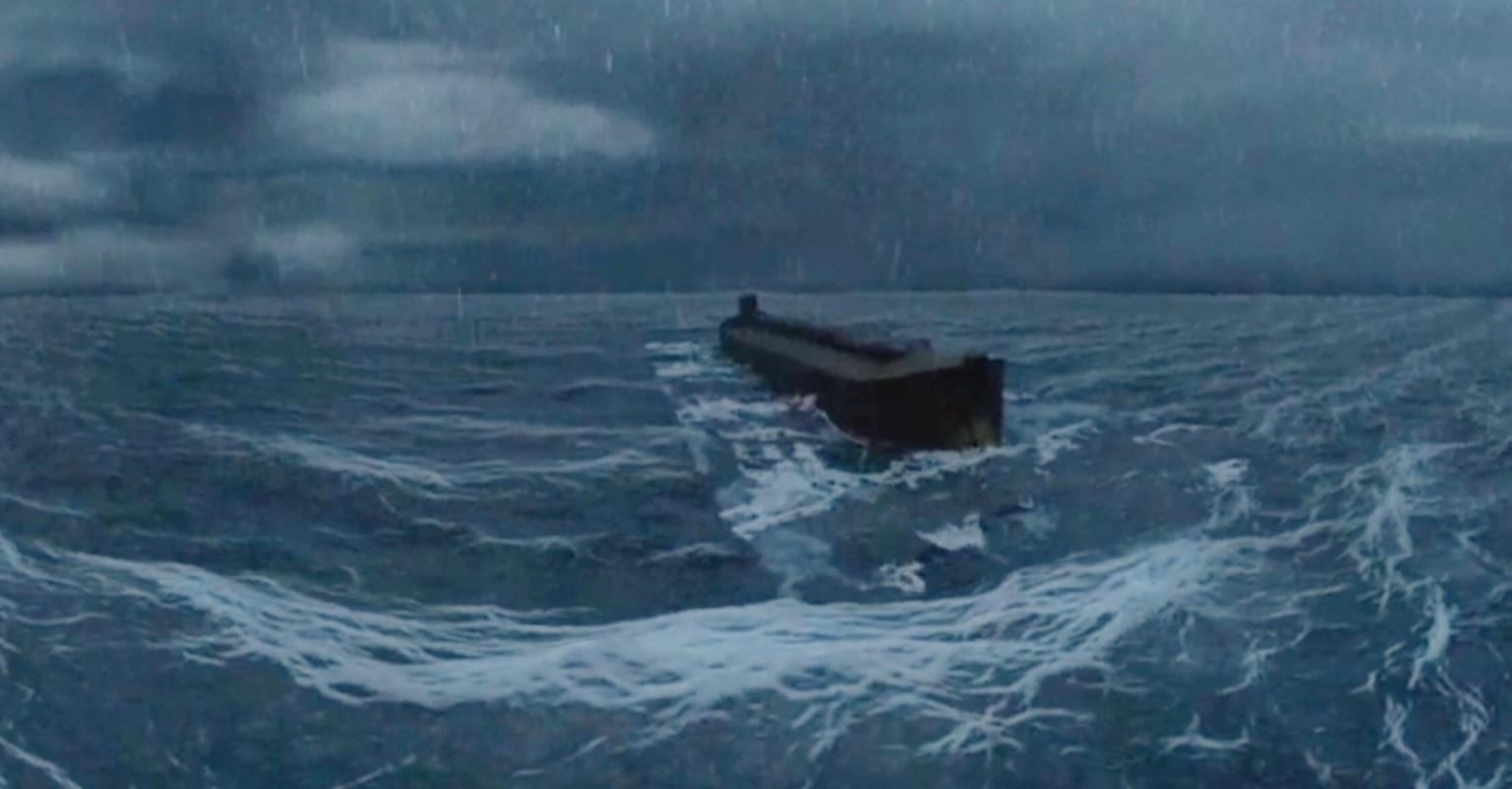
Given that Noah's Ark landed in the mountains of Ararat (the mountains that resurfaced at the end of the Flood), it is not surprising that Noah's offspring migrated down to the Tigris River valley from the mountains to found the first post-Flood civilizations, such as Sumer, Akkad, Uruk, and Nimrud (which later became Babylon), Haran, Jericho, and Sidon (Phoenicia), and beyond Egypt and the Indus Valley in northwest India. (The Tigris and Euphrates rivers were named after two of the four pre-Flood rivers mentioned in the Bible that flowed from the Garden of Eden.)
Ancient Babylonian legends speak of a series of ten pre-Flood kings, the ancient Hindus (northwestern India) speak of a series of Ten Pitris who reigned before the Flood, and the ancient Egyptians described Ten Sages who reigned consecutively before the Flood. As the Bible also states, these pre-Flood patriarchs lived longer than we do, and this was confirmed by the ancient historians Berossus, Nicholas of Damascus, Hesiod, Plato, Hecataeus, Mochus, Hieronymus, and Manetho.
The last of these kings in the above list was the hero who led seven others aboard the vessel in which they survived the Great Flood. In ancient Babylon, the hero's name was Zisudra, who allowed the survival of seven other humans, the Seven Apkallu. In ancient Egypt, the hero of the Flood was Toth, who survived the Flood together with the Seven Sages. In ancient northwestern India, the hero was Manu who survived the global Flood, “pralaya”, with the Seven Rishis. There are embarrassingly too many coincidences for these apparently distinct civilizations to all have the same legend of a Great Flood (with eight surviving people from the pre-Flood population, led by a series of ten kings), for it not to be history true that corroborates the story of Genesis.
And the list of coincidences becomes so long that it makes Noah's Flood nothing more than a historical fact when you consider the hundreds of tribes around the globe who have ancestral knowledge of the Great Flood. However, we are expected to ignore this overwhelming body of evidence because it contradicts current theory in science and archaeology. We are also expected to ignore the many ancient legends from various people groups that corroborate the Biblical account of the confusion of language at the Tower of Babel where Nimrod (also known as Menroth, Marduk, Merodach, Ninus, Sargon, Shun, Bacchus and Zarathustra) led an act of rebellion against God approximately 150 years after the Flood that devastated the Earth around 2400 BC.
There are many other historical factors, as well as a number of geophysical, biological, and anthropological indications that support the Genesis account of ancient history, which can be learned from a variety of sources. The accuracy of Genesis is also attested by an analysis of Biblical names that were thought to be mythological until modern archeology confirmed their historicity, names such as Haran, Ur, Nahor, Serug, and the Hittites themselves.
Thanks to modern archaeology, these Biblical Hittites were confirmed as non-mythological, and they too were found to have a legend about a global Flood, the same Flood recounted in a South Indian Tamil legend, from which eight people again escaped, Satyavrata (Noah), Sharma (Shem), Charma (Ham), Japati (Japheth), and their wives. The Tamils apparently migrated from the Indus River valley south around 1500 BC, when the Ice Age ice sheet melted due to climate changes at that time that caused sea levels to rise about 300 feet, events that triggered migrations of groups of people (such as the Aryans from the north, who moved into the Indus Valley, driving out the Tamil people, who were already losing ground to the rising ocean at the time).
The source of the evaporation of the dense cloud that caused the Ice Age must have been warmer than the ocean water of today, and the source of that warmer water was the “fountains of the deep” for Noah's Flood. Many ancient Flood legends speak of water and magma hissing and escaping from cracks in the Earth's crust to cause the Flood, as described in Genesis. This boiling water from underground mixed with pre-Flood ocean water to flood the continents (as indicated by sedimentary layers on the continents), and eventually settled into the deep post-Flood basins.
Reasonable explanations for the cause of the Ice Age continue to fail to come from scientists who believe the old theory about the Earth, because they do not realize that significantly warmer water (which caused a dense evaporating cloud) must have been the trigger for the Ice Age. There is no other possible mechanism that could have produced this result. When the post-Flood ocean cooled sufficiently, the Ice Age ended around 1,500 BC, confirmed by submerged megalithic structures off northwestern India, southern India, and southwestern Japan, which were engulfed from the sea when the Ice Age ice sheet melted.
Hundreds of tribal legends and ancient tales from Egypt, Babylon, and the Indus confirm the version of Noah's Flood found in the book of Genesis. These tribes and ancient cultures obviously had no interest in copying a Jewish tale of a global Flood, therefore, all such versions must necessarily be independently derived from the ancestors of the various groups of people spawned by the eight individuals on the ship that survived the Great Flood. When the eight bred and scattered across the Middle East, and then soon after, to the rest of the world (some undoubtedly being excellent sailors), the memory of the global Flood was maintained, and in a not so surprising way.
Legends of a Great Flood from around the world
Native stories of a global flood are documented as history or legend in nearly every single region on Earth. Missionaries of the ancient world recounted their amazement at discovering that remote tribes already had legends with some incredible similarities to the biblical tales of the Great Flood. H. S. Bellamy in “Moons, Myths and Men” estimates that in total there are about 500 Flood legends worldwide. Ancient civilizations from China, Babylon, Russia, India, America, Hawaii, Scandinavia, Sumatra, Peru and Polynesia all have their own version of a giant flood.
These Flood accounts are frequently interconnected by common elements that run in parallel with the Biblical account, including the warning of the coming Flood, the early construction of a ship, the gathering of animals, the inclusion of family, and the release of birds to determine if the water level had dropped. The pressing consistency between the legends discovered in distant areas of the globe indicates that they derived from the same origin (the Biblical story), but the oral passage has changed the details over time.
Perhaps the second, most important historical account of a global flood can be found in the Babylonian story of the Flood, in the “Epic of Gilgamesh”. If we compare the Biblical and Babylonian versions, an impressive number of similarities stand out and leave no doubt that these stories have their roots in the same event or in the same oral tradition.
BABYLON:
Brings the seeds of all creatures aboard the ship
Gen. 6:19
And of all living things, of all flesh, bring two of all into the ark
BABYLON:
I entered the ark and closed the door
Gen. 7:1
He entered the ark / Gen. 7:16 – then the LORD shut him inside the ark.
BABYLON:
I sent a dove…The dove went, then it came back, there was no place to rest, so it came back
Gen. 8:8
Then he sent out the dove, to see whether the waters had abated from the surface of the earth. But the dove found no place to rest the sole of his foot, and returned to him in the ark, because there were waters on the surface of the whole earth.
BABYLON:
Then I sent a raven...the waters receded, it flew far and wide, and did not return.
Gen 8:7
And he sent out the raven, and it went forth, going and returning, until the waters were dried up from the earth.
BABYLON:
I sacrificed on the mountain peak.
Gen. 8:20
And Noah built an altar to the LORD; he took every kind of clean animal and every kind of clean bird, and offered sacrifices on the altar.
Examination of Flood legends in 35 countries:
D = Destruction by water: 35/35
G = Divine Cause (God): 18/35
W = Warning given: 17/35
H = Humans spared: 35/35
A = Animals spared: 24/35
V = Humans /Animals preserved in the ship: 32/35
Australia (Kurnai): D – H – A – V
Babylon (Berosso's tale): D – W – H – A – V
Babylon (Epic of Gilgamesh): D – G – W – H – A – V
Bolivia (Chiriguano): D – G – W – H – V
Borneo (Dayak Sea): D – H – A – V
Burma (Sigpho): D – H – A – V
Canada (Cree): D – G – H – A – V
Canada (Montagnais): D – G – W – H – A – V
China (Lolo): D – G – H – A – V
Cuba (original natives): D – W – H – A – V
East Africa (Maasai): D – G – W – H – A – V
Egypt (Book of the Dead): D – G – W – H – V
Fiji (Walavu-levu tradition): D – G – H – V
French Polynesia (Raiatea): D – G – W – H – A
Greece (Lucian's story): D – H – A – V
Guyana (Macushi): D – G – H – A – V
Iceland (Eddas): D – G – H – V
India (Andaman Islands): D – G – H – V
India (Bhil): D – W – H – A – V
India (Kamar): D – G – W – H – V
Iran (Zend-Avesta): D – W – H – A
Italy (Ovid's poem): D – G – H – V
Peninsula of Malaysia (Jekun): D – G – H – V
Mexico (Chimalpopoca Code): D – W – H – V
Mexico (Huicol): D – W – H – A – V
New Zealand (Maori): D – G – H – V
Peru (Huarochiri Indians): D – W – H – A
Russia (Vogul): D – W – H – V
USA (Alaska/Kolusches): D – W – H – A – V
USA (Alaska/Tlingit): D – G – H – A – V
USA (Arizona/Papago): D – W – H – A – V
USA (Hawaii/ legend of Nu-u): D – G – H – A – V
Melanesia (Vanualu): D – H – A – V
Vietnam (Bahnar): D – H – A – V
Wales (Dwyfan / Dwyfan legend): D – H – A – V









